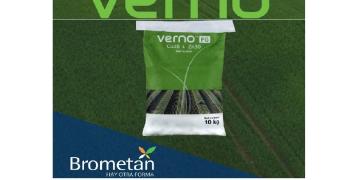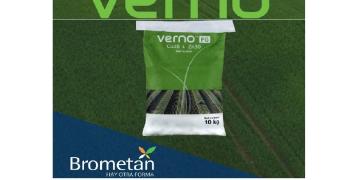Technical Information: Purple Tip / Zebra chips, an ever-closer threat?
Although the disease appears to be geographically distant from Argentina, any entry of infected material would pose a serious problem for the potato value chain.

Daniel Caldiz ( International Consultant in Pope}
At the beginning of this month of August (2025) I participated in Quito in the XXX Congress of the ALAP (Latin American Potato Association), an event that was also attended by other colleagues from Argentina and countries in the region.
Among the various exhibitions and symposia, the most interesting and, from my point of view, the most worrying was the Symposium: "The Purple Tip and Zebra Chip Complex Problem. A Solution for Everyone."
This disease, caused by the bacterium Candidatus Liberibacter solanacearum and transmitted by the potato and tomato psyllid Bactericera (= Paratrioza ) cockerelli, was first reported near Saltillo, Mexico, in 1994, and by 2000 was already present in some potato fields in southern Texas, USA.
Since then, the disease has been found in various states from California to Idaho, located far to the northwest of the US. By 2008, it had already spread to New Zealand, where it spread rapidly. The disease is now also present in Central America and has recently been found in Colombia and Ecuador.
Infected seed tubers give rise to plants with the purple tip symptom (Fig. 1a), while tubers from infected plants show the characteristic symptoms of the disease: dark streaks that acquire a dark color during the frying process (Fig. 1b and 1c).
It is clear that in the last 30 years the disease has been spreading from its origin in Mexico, to the north, the center, and more recently to the south of the American continent, where to date, as already mentioned, it has only been reported in Colombia and Ecuador.
Although the disease appears to be geographically distant from Argentina, any entry of infected material would pose a serious problem for the potato value chain.
Organizations involved in monitoring the entry of diseases and plant materials, such as SENASA, INASE, and others (ISCAMEN), should be alerted to this threat, as should associations linked to the sector, such as the Provincial Potato Board of the Province of Buenos Aires, FENAPP, APPASEM, and others.
At the same time, resources should be sought to implement future monitoring, control, and action plans in case this disease reaches the country.
Fuente: Argenpapa




